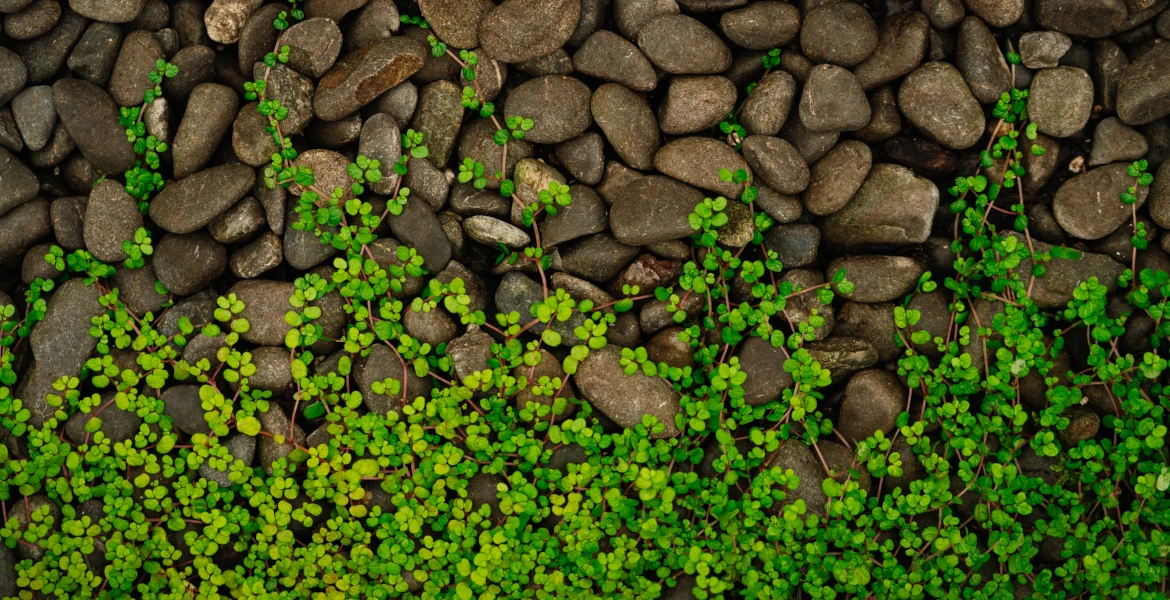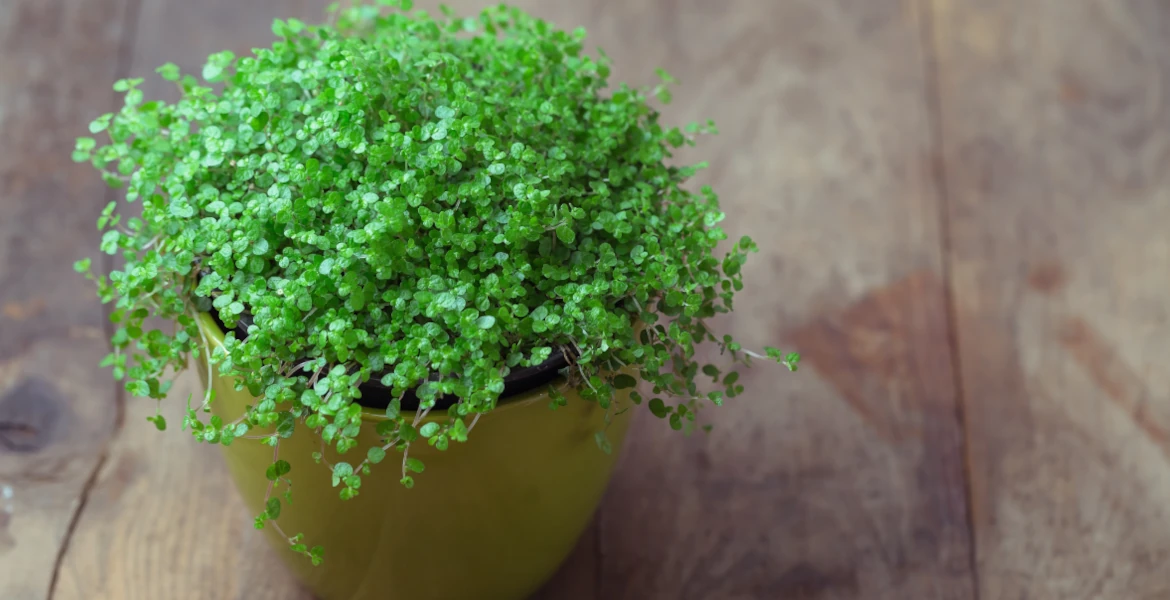-
Your shopping cart is empty!
Growing Babys Tears - The Babys Tears Care Guide

Planting Babys Tears in the Garden
Babys Tears is a popular plant with many uses in the garden. Great for pots, planters, hanging baskets, rockeries and groundcover. Gardeners have even used it as an alternative to grass, creating stunning lawns. To thrive it simply requires a moist shady spot in the garden.
Babys Tears is also popular as a focal point for garden water features in the garden. Plant it around ponds, waterfalls and fountains. A great plant for hiding stone and brick at the water’s edge and performing a soothing transition to the rest of the garden.
Being shallow rooted, Babys Tears may also be used to create green roofs in shady areas, wall gardens and adds interest to otherwise bare container and planter bases containing trees or shrubs.
Babys Tears in the Uk Garden can only be described as a perennial. Frost may damage the foliage and it will disappear during the winter months, with new growth appearing in spring.
Soleirolia Soleirolii Helxine
The green variety Soleirolia Soleirolii Helxine is the most popular cultivar with gardeners and is native to northern Europe, particularly Italy and the Aegan and Adriatic regions. The plant trade is responsible for its introduction into other countries and its unprecedented rise in popularity with gardeners across the globe.
Babys Tears As An Houseplant
Growing Conditions -
Babys tears is an easy-care house plant when kept hydrated. Provide bright indirect light and the plant will form a nice dense cushion over time. Plants which have less light will adapt a more unkept look with longer stems which is pleasing to some.
Babys Tears will dislike direct heat sources such as an overheating windowsill from the glare of the sun on a hot summers day or a radiator going full blast below the windowsill. Fireplace mantles will also quickly lead to the demise of your Babys Tears.
Watering Babys Tears
Babys Tears will also flourish in humid locations such as bathrooms, assuming lighting levels are adequate.
Indoor plants that reach the mature state are better watered from below by immersion in tepid water and allowed to soak for a while. As for all houseplants, re-hydrating shrunken over dry compost can be challenging by traditional watering methods, but soaking in a bowl of water will do the trick.
Underwatered plants will display crispy shrivelled leaves. Yellowing leaves indicate over watering. All watering is much less challenging when Babys Tears is planted in pots with drainage holes at the base. If you love your fancy ceramic pots like me that do not have drainage holes, place a little coarse gravel in the bottom and plant Babys Tears in a standard nursery pot with drainage holes that fits nicely inside the ceramic. Watering is then a simple affair between the edges of the two pots.
Feeding Babys Tears
Feed your Babys Tears once a month with a proprietary house plant food in the warmer months to keep it at its best, less so in the colder months.
Your Babys Tears houseplant can also be grown outside in the summer months, rom around late May onwards when all chances of frost are passed. Periodically check for slugs hiding under the pot and inspect the plant for pests before bringing back indoors for the winter.
Pruning Babys Tears
Should your Babys Tears have developed an unruly unkept look that is not pleasing on the eye, trim to shape with clean sharp scissors.
Neglected plants that one chooses to give a second chance will also require trimming of all dead or crinkled surface matter, and a soaking. Do not be surprised if your Babys Tears grows back with vengeance.
